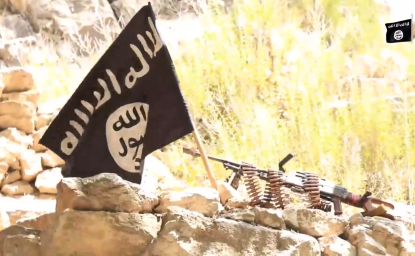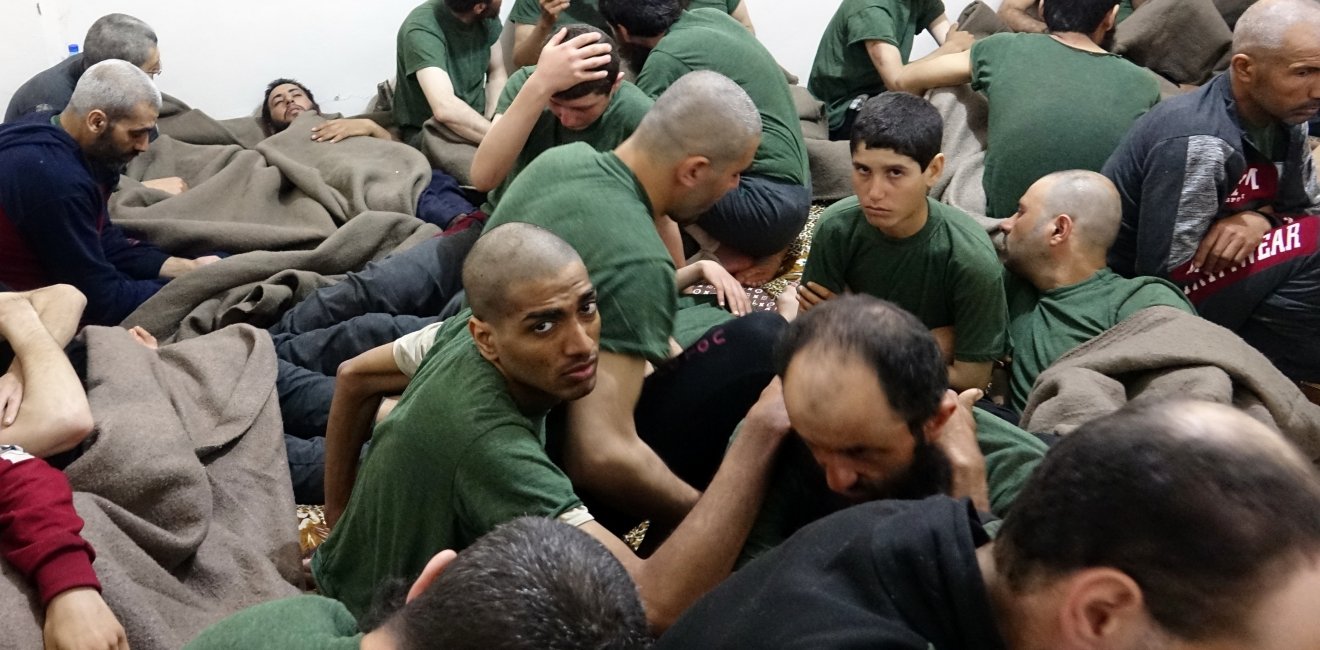As of mid-2021, tens of thousands of Islamists were still imprisoned in Syria, Iraq, Egypt and Tunisia, a reflection of the collapse of jihadi campaigns and political Islam in the Middle East. The majority of militants who had joined the Islamic State caliphate between 2013 and 2019 had fled, were imprisoned, or had been killed. Top leaders of political parties that had vied in elections were also jailed, or forced underground or into exile. But the way the four states responded to the rise of Islamism after the Arab uprisings in 2011 varied widely.
- Egypt reportedly imprisoned the largest number of political Islamists. The government arrested at least 22,000 people after the military ousted President Mohamed Morsi, a member of the Muslim Brotherhood, in 2013. The majority of detainees were from the Muslim Brotherhood.
- In Iraq and Syria, more than 10,000 jihadi fighters were held by a U.S.-backed militia that toppled the caliphate in 2019. More than 65,000 ISIS family members, mostly women and children, were also detained in Syria and Iraq.
- Tunisia appeared to imprison the fewest number of Islamists – likely hundreds, not thousands - although the government was not fully transparent about its prison population. Moderate Islamists could still participate in Tunisia’s democratic politics.
In all four countries, prisoners faced poor conditions, including inadequate medical care, overcrowding, and poor nutrition. Prisoners were tortured in Iraq, Egypt and Tunisia, human rights groups reported. Islamists were often in legal limbo, held in pretrial detention for weeks or even months and without legal representation.
The detention of ISIS family members posed a particularly thorny challenge, complicated by the reluctance of many countries, especially in the West, to take back their citizens. Conditions at the detention camps were often as bad as the prisons-or worse. Sleeper cells attempted to radicalize the next generation to perpetuate ISIS ideology.
The four governments faced a dilemma even after imprisoning Islamists. Historically, some moderate Islamists were radicalized while serving long prison sentences. But releasing Islamists also posed risks. In Egypt, members of Gamaa Islamiyya – a militant group that had renounced violence – were released in the early 2000s, but they later joined forces with al Qaeda. In Tunisia, former jihadi fighters released after the ouster of President Zaid Ben Ali in 2011 founded Ansar al Sharia the same year, which was later designated a terrorist organization by Tunisia in 2013 and the United States in 2014. In Syria, the Assad regime reportedly released prisoners in 2011 who later played senior roles in ISIS and Jabhat al Nusra, a Syrian jihadist group. In Iraq, the Islamic State conducted at least eight separate jail breaks from 2012 to 2013 that swelled its ranks with hundreds of freed jihadists. The following is a rundown on Islamists imprisoned in Syria, Iraq, Egypt and Tunisia.
Syria
Numbers: At the end of 2020, the U.S.-backed militia in northeast Syria held at least 10,000 ISIS prisoners, one of the largest populations of detained Islamists in the Middle East. Thousands of ISIS fighters were captured as the Islamic State collapsed in early 2019.
Prisons: The fighters were held in approximately 14 detention centers operated by the Syrian Democratic Forces (SDF), the U.S.-trained Kurdish and Arab militia that fought ISIS in Syria.
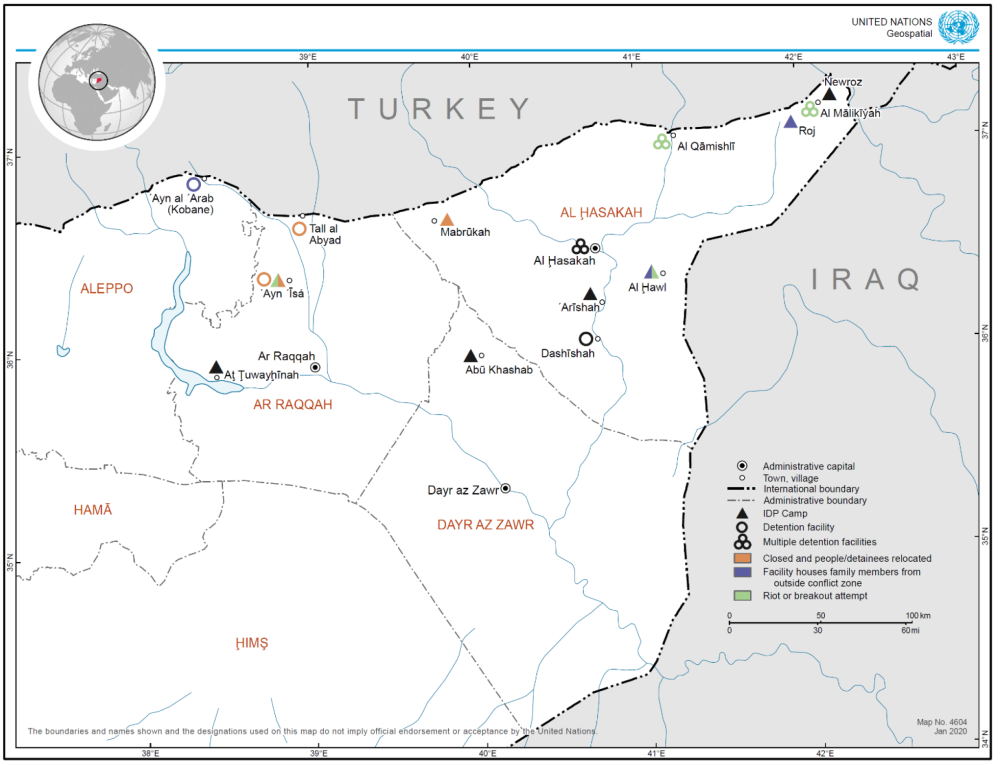
The majority of fighters - 85 percent - were held at two SDF prisons run in Hasakah and Shadadi; each housed between 3,000 and 5,000 fighters, the Pentagon reported in August 2020. The SDF also ran major jails in Malikiya, Qamishli and Tabqa; it also had more than a dozen others smaller, ad hoc facilities. Most of the prisons were converted from existing facilities, such as schools and warehouses, with poor conditions that did not meet international standards. Dozens of former fighters shared single cells. Boys as young as 14 were mixed in with older men, Human Rights Watch reported in March 2021.
Prisoners in Hasakah rioted in March 2020, May 2020 and June 2020 over fears of COVID-19 infection as well as the lack of due process, access to families, and prison conditions. “Our allies must find a quick radical solution to this international problem,” General Mazloum Abdi, the SDF commander, tweeted after the first riot in Hasakah. The Pentagon subsequently provided $2 million dollars in aid for improved doors, cameras, riot gear and personal protective equipment.
Nationalities: Thousands of ISIS fighters—who were largely Syrian or Iraqi but also came from at least 50 other nations—have been captured by the SDF. In 2019, about half of the Iraqis held by the SDF were sent back to Iraq, but various problems have blocked a second tranche, James Jeffrey, the former U.S. special envoy for the coalition against ISIS, reported in December 2020. In October 2020, the SDF released 631 “low-level” Syrian detainees to reduce crowding. As of November 2020, the United Nations reported that 5,000 came from Syria, 1,600 were from Iraq, 1,500 were foreign fighters and another 2,500 had unknown nationality.
Judicial status: The SDF is not a state and lacks the capacity to investigate or try thousands of imprisoned fighters, U.S. officials told The New York Times in May 2020. So most ISIS detainees were stuck in legal limbo or deprived of due process. “The SDF has run low-level Syrian ISIS fighters—perhaps a few hundred—through the local judicial system in northeast Syria,” Jeffrey said. “Some have been released to local communities; some have been sentenced.” The courts and their verdicts were not recognized by the Syrian government or international authorities.
The SDF has called on countries to take back their citizens who joined the Islamic State. The United States, Italy, Kazakhstan, Oman, and Tunisia have repatriated small numbers of fighters, but most European and Arab countries – where most foreign fighters came from - have balked at taking back fighters. The U.S Defense Intelligence Agency warned that ISIS would try to “capitalize” on the releases by reintegrating fighters into their ranks.
Other detainees: As of April 2021, the SDF also held roughly 65,000 women and children – two thirds under the age of 12 – in the al Hol displaced persons camp. More than 50,000 inmates were from Syria or Iraq, but nearly 12,000 came from almost 60 other countries. Few countries were willing to repatriate citizens.
Al Hol is a hotbed for radicalization. ISIS loyalists effectively controlled sections of the camp and punished inmates who violated Sharia law, The Washington Post reported in September 2019. Jihadi fighters sought to recruit new members among the young or smuggle family members out of the camp. “ISIS members exploit the absence of formal education within al Hol to indoctrinate children and teenagers to become the next generation of ISIS fighters,” the Defense Intelligence Agency reported to the Pentagon’s Inspector General in November 2020. “Unless we find a way to repatriate them, reintegrate them and deradicalize them, we're giving ourselves a gift to fighters five to seven years down the road,” Gen. Kenneth McKenzie, the CENTCOM commander, told the American Enterprise Institute on April 27.
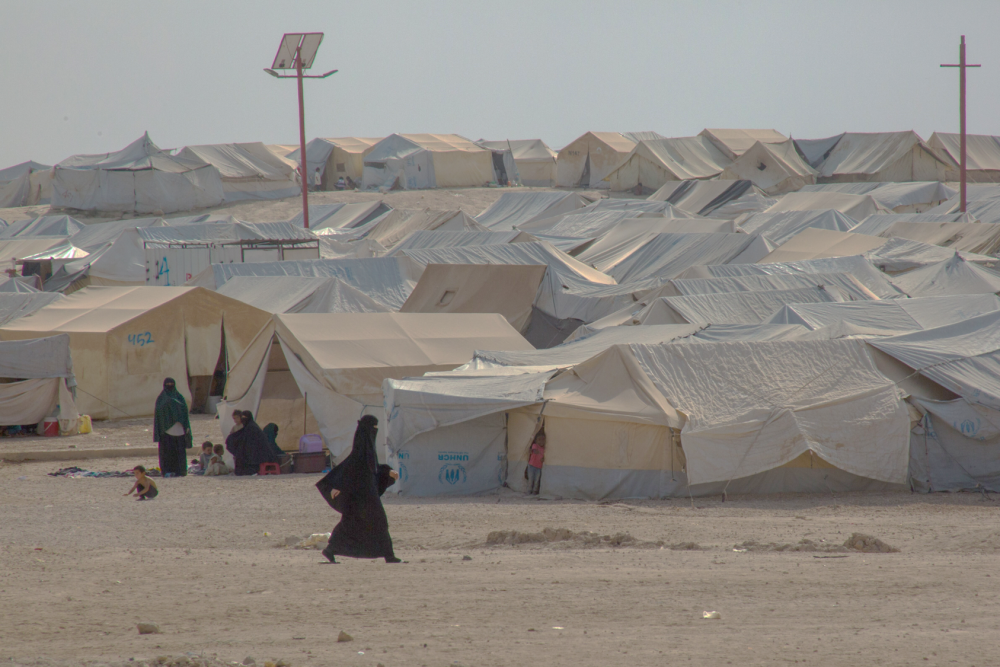
Al Hol is a hotbed for radicalization. ISIS loyalists effectively controlled sections of the camp and punished inmates who violated Sharia law, The Washington Post reported in September 2019. Jihadi fighters sought to recruit new members among the young or smuggle family members out of the camp. “ISIS members exploit the absence of formal education within al Hol to indoctrinate children and teenagers to become the next generation of ISIS fighters,” the Defense Intelligence Agency reported to the Pentagon’s Inspector General in November 2020. “Unless we find a way to repatriate them, reintegrate them and deradicalize them, we're giving ourselves a gift to fighters five to seven years down the road,” Gen. Kenneth McKenzie, the CENTCOM commander, told the American Enterprise Institute on April 27.
Conditions at the camp were bleak. Residents lived in tents that collapsed from strong winds or flooded with rain and sewage, Human Rights Watch reported in June 2020. Children received inadequate medical care and suffered from widespread malnutrition. The camp grew too large for the SDF to effectively police. In 2021, more than 40 people were murdered, including 10 by beheadings, at the camp, The Wall Street Journal reported in June 2021.
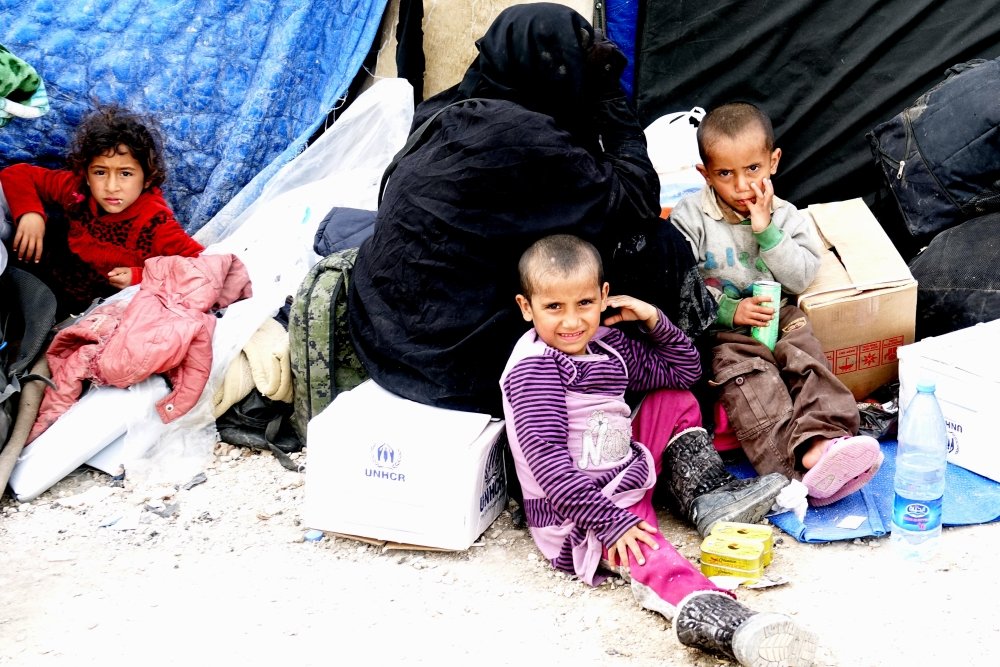
In March 2021, the SDF arrested 125 members of ISIS sleeper cells during a five-day sweep of the camp. In April 2021, the SDF arrested an alleged ISIS commander suspected of smuggling weapons into al Hol.
Foreign role: The SDF was dependent on foreign aid to pay for prison operations. The United States provided training, uniforms and medical supplies to SDF forces operating the prisons. In 2020, the Pentagon reportedly provided between $500,000 and $1 million for SDF guards and other expenses. In February 2021, the British government announced that it would fund an expansion of the Hasakah prison for ISIS fighters to double its capacity and bring it into compliance with Red Cross standards.
Iraq
Numbers: At the end of 2020, the Iraqi government held thousands of ISIS prisoners, although it provided few specifics. More than 19,000 people with suspected ties to ISIS had been detained by March 2018, the Associated Press reported. Approximately 9,000 were convicted of terrorism-related charges. As of July 2020, the Iraqi government also held more than 300,000 people with family ties to ISIS in camps stretching from Fallujah in central Iraq to Mosul in the north.
Prisons: The largest group of ISIS prisoners were held in Nasiriyah Central Prison, in southeast Iraq, where more than 6,000 people were held on terrorism charges. The maximum security prison was built by the U.S. Army Corps of Engineers in July 2008 but operated by Iraqi security guards. Other prisoners were housed in correctional facilities across Iraq.
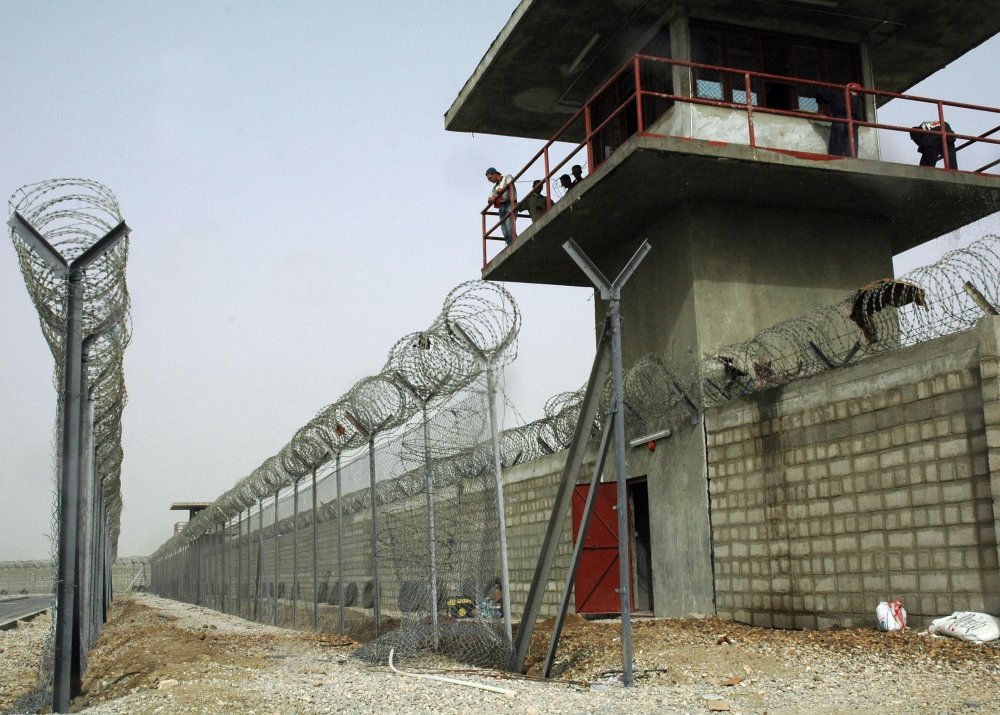
Prison conditions in Iraq were “harsh and occasionally life threatening” due to a lack of adequate space, medical care and food, the State Department reported in March 2021. The Islamic State’s loss of territory in Iraq triggered an influx of prisoners which led to overcrowding. Detention centers were at up to 200 percent capacity; one juvenile prison with a maximum capacity of 250 inmates had 600. ISIS prisoners took advantage of the relatively low number of guards to spread extremist religious teachings and impose strict adherence to Sharia in certain wards.
Nationalities: Most prisoners were Iraqi nationals who joined ISIS when it seized territory between 2013 and 2019. By 2020, at least 2,000 Iraqi prisoners were transferred by the SDF from Syria to Iraq. But others in custody were foreign fighters, including Western nationals who had traveled to Iraq join ISIS. In May 2019, an Iraqi court tried 11 French nationals after France refused to take back its citizens; nine were sentenced to death.
Judicial Status: Suspected fighters were prosecuted under Iraq’s counterterrorism law, which mandated harsh sentences for convicted terrorists. Fighters faced the death penalty, while non-combatants could be imprisoned for life. In 2019, the government also established special terrorism courts to prosecute fighters repatriated from Syria.
Iraqi prosecutors often provided limited evidence in trials, according to media reports and human rights watchdogs. Some trials lasted just minutes, according to eyewitness reports. Many trials concluded “solely based on a confession,” Just Security reported in October 2019. Defendants and former inmates claimed that security services tortured suspects to obtain confessions. Executions were carried out by hanging at Nasiriyah Prison.
Sunni Arab tribes also administered justice for members who joined ISIS, The Century Foundation reported in November 2019. Tribes handed over captured fighters to government authorities, but sheikhs administered tribal justice to ISIS family members and supporters. Tribes required financial compensation, mediated competing accusations, and reintegrated non-fighters into their communities. But jihadi fighters who are released often return to ISIS or comparable groups, Jeffrey said in December 2020.
Foreign role: In September 2017, the Security Council established the United Nations Investigative Team to Promote Accountability for Crimes Committed by Da’esh/ISIL (UNITAD). The Baghdad-based team gathered and preserved evidence of ISIS atrocities and war crimes. In May 2021, UNITAD determined that there was “clear and convincing evidence” that ISIS committed genocide against the Yazidis in the northern Sinjar region in 2014.
Egypt
Numbers: At the end of 2020, Egypt imprisoned thousands – and potentially tens of thousands – of Islamists as political prisoners. Estimates varied widely, and the government published no figures. The Muslim Brotherhood, Egypt’s largest Islamist movement, claimed that 29,000 of its members were imprisoned after the military ousted Islamist President Mohamed Morsi in July 2013. Over the next year, the Interior Ministry said that it had arrested 22,000 people, but it did not specify how many were Brotherhood members. The government also incarcerated Islamists who were part of the jihadist insurgency in the Sinai Peninsula in 2013.
Prisons: Brotherhood leaders, including Deputy Guide Khairat al Shater and spokesperson Gehad al Haddad, were held at the Tora Prison complex of seven facilities that incarcerated individuals deemed a threat to national security. Al Aqrab [the Scorpion], the most notorious of the seven Tora prisons, was designed so that “those who go in don’t come out again unless dead,” a former al Aqrab warden said.
Prisoners in Egypt were subjected to “harsh and potentially life-threatening” conditions, such as solitary confinement, physical abuse, poor ventilation and inadequate medical care, the State Department reported in March 2021. Prisons were overcrowded. Some cells had just one square meter of floor space per prisoner, according to an Amnesty International investigation of 16 Egyptian prisons, including al Aqrab.
Islamist prisoners recounted gross human rights abuses. “I was summoned from my cell and my hands and legs were tied up and I was forced to face the wall and squat like a prisoner of war,” Mohammad al Beltagy, a former parliamentarian and leading Brotherhood member, told a Cairo court. “The aides then forced me to strip naked while they photographed me and insulted me.” Senior Brotherhood leaders - including former President Morsi and deputy chair of the Freedom and Justice Party Essam al Erian - died of health complications while in custody. Morsi’s family claimed that Egyptian authorities had denied him treatment for high blood pressure and diabetes while in custody.
Nationalities: Islamist prisoners were predominantly Egyptian. But the military reported that it had also detained Palestinians who had traveled to Sinai to join the jihadist insurgency. Foreign students attending al Azhar University, the country’s top religious institution, were also arrested by security services for their involvement in Islamist movements.
Judicial Status: Islamists, like other political prisoners, were often denied due process. The Egyptian government tried civilians in military courts, used torture to extract confessions and held prisoners in pretrial detention beyond the two-year legal limit, according to the Tahrir Institute for Middle East Policy. Prisoners released by the courts were occasionally rearrested by authorities. “There are people who have been in jail for years, and they haven’t even received a trial,” said Samuel Tadros of the Hudson Institute. “In some of these cases people are left to rot in jail.”
Islamists were often tried with hundreds of other defendants. In April 2014, an Egyptian court sentenced 529 Brotherhood members to death for murdering a police officer; it was the largest mass death sentence in modern history. In July 2020, Egypt’s highest court upheld life sentences for Supreme Guide Mohamed Badie and his deputy, Khairat al Shater. And in April 2021, a court sentenced Mahmoud Ezzat, the former acting leader of the Brotherhood, to life in prison for inciting violence.
Impact: Members of the Brotherhood and other imprisoned Islamists were vulnerable to recruitment by jihadists. The cross-pollination of ideology between Islamist and jihadi groups has been a recurrent problem in Egyptian prisons, according to Tadros. “They influence each other ideologically,” he said. “It’s a place for the free exchange of ideas.”
“In the beginning, no one had even heard of [ISIS], but by the time I left, maybe 20 percent were openly supporting their ideas,” said Ibrahim Halawa, a prisoner who was arrested for protesting the military’s coup in 2013; he was released in October 2017. But the Brotherhood and ISIS were also ideological competitors. Brotherhood and ISIS fighters imprisoned together in Tora prison argued over religion and politics; their members occasionally fought, Buzzfeed News reported in November 2017.
Tunisia
Numbers: Tunisia has not provided data on imprisoned ISIS fighters. The last report was in 2015, when the Interior Ministry said that it had imprisoned or detained around 1,800 terrorism suspects. At least 500 were former ISIS combatants, according to the Tunisian Observatory for Human Rights. In 2018, the government estimated that around 800 foreign fighters who had joined ISIS or other jihadi groups between 2011 and 2017 had returned to Tunisia.
Prisons: Mornaguia Prison, eight miles outside the capital, is the primary detention facility for Islamists and others accused of terrorism. Conditions at the prison were “well below international minimum standards,” the U.N. Human Rights Council reported in 2017. Groups of more than 90 prisoners were “crammed into cells with inadequate space, ventilation, natural light, sleeping and sanitary facilities,” said Ben Emmerson, the U.N. special rapporteur for human rights from 2011 to 2017. Prisoners accused of terrorism were tortured with beatings, electric shocks and stress positions, Amnesty International reported in 2016.
The government also was slow to repatriate Tunisians who had joined ISIS. Approximately 300 Tunisian women and children suspected of being ISIS family members were held without charge in Syria, Libya and Iraq, Human Rights Watch reported in 2019. In March 2021, the Tunisian government repatriated 10 women and 14 children who had been held in Libyan prisons for their ties to ISIS. Four women were detained at Manouba Prison, Human Rights Watch reported in April 2021.
Nationalities: Islamist prisoners were predominantly Tunisian nationals. Tunisians comprised the largest contingent of ISIS foreign fighters per capita. Nearly 6,000 Tunisians traveled to Syria, Iraq and Libya to join the Islamic State, the United Nations reported in 2015. From 2011 to 2017, the number was likely closer to 2,900, according to Aaron Y. Zelin at the Washington Institute for Near East Policy. In 2017, the Tunisian interior ministry reported that 2,929 Tunisians had left to join jihadi groups: 150 traveled to Iraq, 400 to Europe, 500 to Libya, and about 1,500 to Syria.
Judicial status: In July 2015, Tunisia updated an anti-terrorism law after two attacks by ISIS militants at the Bardo National Museum and a tourist resort at Sousse killed dozens. Under the law, terrorism suspects can be denied legal representation for 48 hours and held in custody for 15 days. Many suspects were detained for much longer periods of up to 14 months and were not informed of their right to legal counsel or provided medical care, the State Department reported in March 2021. In terrorism cases, judges were permitted to conduct proceedings closed to the public and conceal evidence from defendants.
President Kais Saied visited Mornaguia Prison in March 2021 and spoke with young men who were imprisoned after social justice protests in January 2021.
Tunisia has struggled to process suspected terrorists. In 2017, more than 1,500 individuals were the subject of active investigations or prosecutions under the terrorism law. But fewer than 150 had been sentenced. The rest were held in custody for “prolonged periods of time,” the United Nations reported. Terrorism prosecutions increased from an average of 2.4 per year between 2014 and 2018 to 18 prosecutions in 2019 before dropping to 4 prosecutions in 2020. Some suspects were tried in absentia.
Author


The Islamists
Learn more about Hamas and how it relates to similarly aligned organizations throughout the region. Read more


Middle East Program
The Wilson Center’s Middle East Program serves as a crucial resource for the policymaking community and beyond, providing analyses and research that helps inform US foreign policymaking, stimulates public debate, and expands knowledge about issues in the wider Middle East and North Africa (MENA) region. Read more

Explore More
Browse Insights & Analysis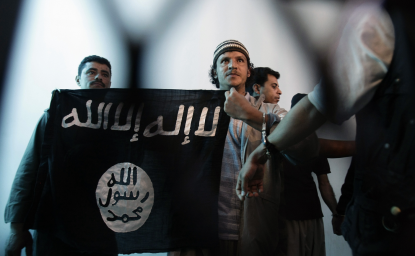
Jihadism: A Generation After 9/11
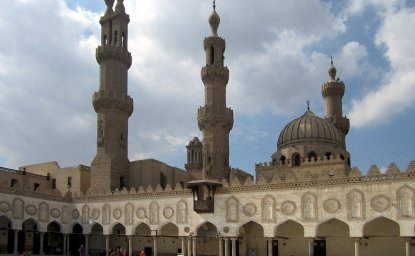
Egypt 2021: The Muslim Brotherhood
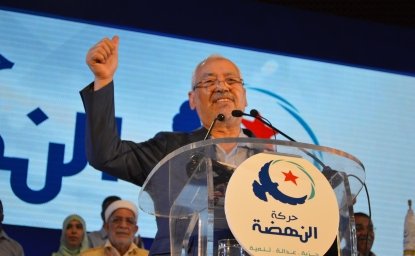
Tunisia 2021: Ennahda vs. Extremists
